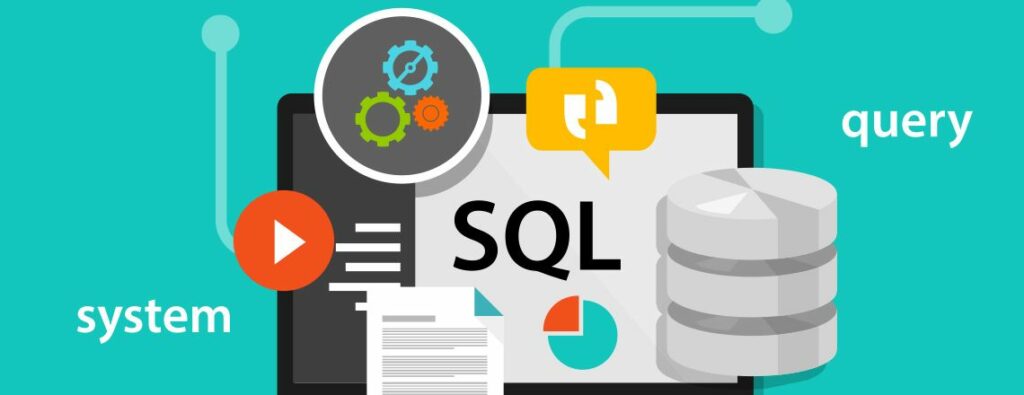
Free eBooks for Beginners
SQL (Structured Query Language) is a powerful tool used by data analysts and database administrators to manage and manipulate data in a database. In this article, we will focus on how to filter results in SQL using the WHERE and HAVING clauses.
WHERE clause
The WHERE clause is used to filter data from a table based on specific conditions. For example, if you want to see all the orders made by a specific customer, you can use the WHERE clause to filter the data. The syntax for the WHERE clause is:
SELECT column1, column2, ...
FROM table_name
WHERE condition;The condition in the WHERE clause can be a comparison between two values, such as equality (e.g. column = value), inequality (e.g. column != value), or a range of values (e.g. column BETWEEN value1 AND value2). You can also combine multiple conditions using logical operators such as AND and OR.
HAVING clause
The HAVING clause is used to filter data after it has been grouped by one or more columns. The HAVING clause is often used in combination with the GROUP BY clause, which groups the data based on one or more columns. The syntax for the HAVING clause is:
SELECT column1, SUM(column2), ...
FROM table_name
GROUP BY column1
HAVING condition;The condition in the HAVING clause is similar to the WHERE clause, but it applies to the grouped data rather than the individual rows. For example, if you want to see the total sales of each product category, but only for categories with total sales over a certain amount, you can use the GROUP BY and HAVING clauses.
Conclusion
The WHERE and HAVING clauses are important tools for filtering data in SQL. By using these clauses, you can easily manipulate data and get the information you need to make informed decisions. Whether you’re a beginner or an experienced data analyst, understanding these clauses will help you get the most out of your data.
SQL for Beginners and Data Analyst – Chapter 13: Filter results using WHERE and HAVING
 Loading...
Loading...
Disclaimer: The information and code presented within this recipe/tutorial is only for educational and coaching purposes for beginners and developers. Anyone can practice and apply the recipe/tutorial presented here, but the reader is taking full responsibility for his/her actions. The author (content curator) of this recipe (code / program) has made every effort to ensure the accuracy of the information was correct at time of publication. The author (content curator) does not assume and hereby disclaims any liability to any party for any loss, damage, or disruption caused by errors or omissions, whether such errors or omissions result from accident, negligence, or any other cause. The information presented here could also be found in public knowledge domains.